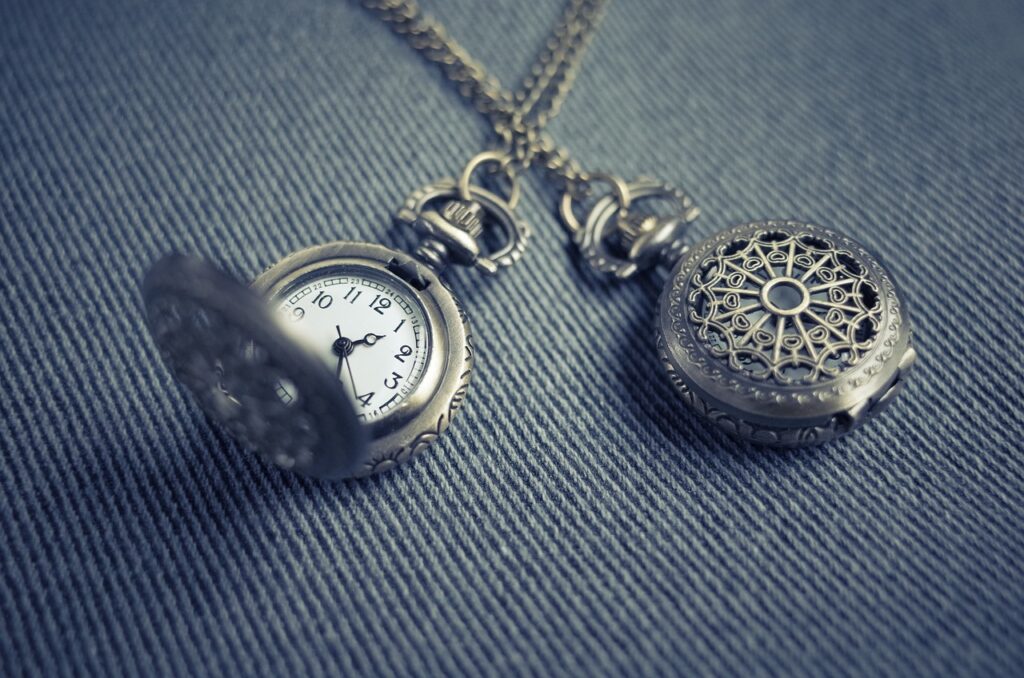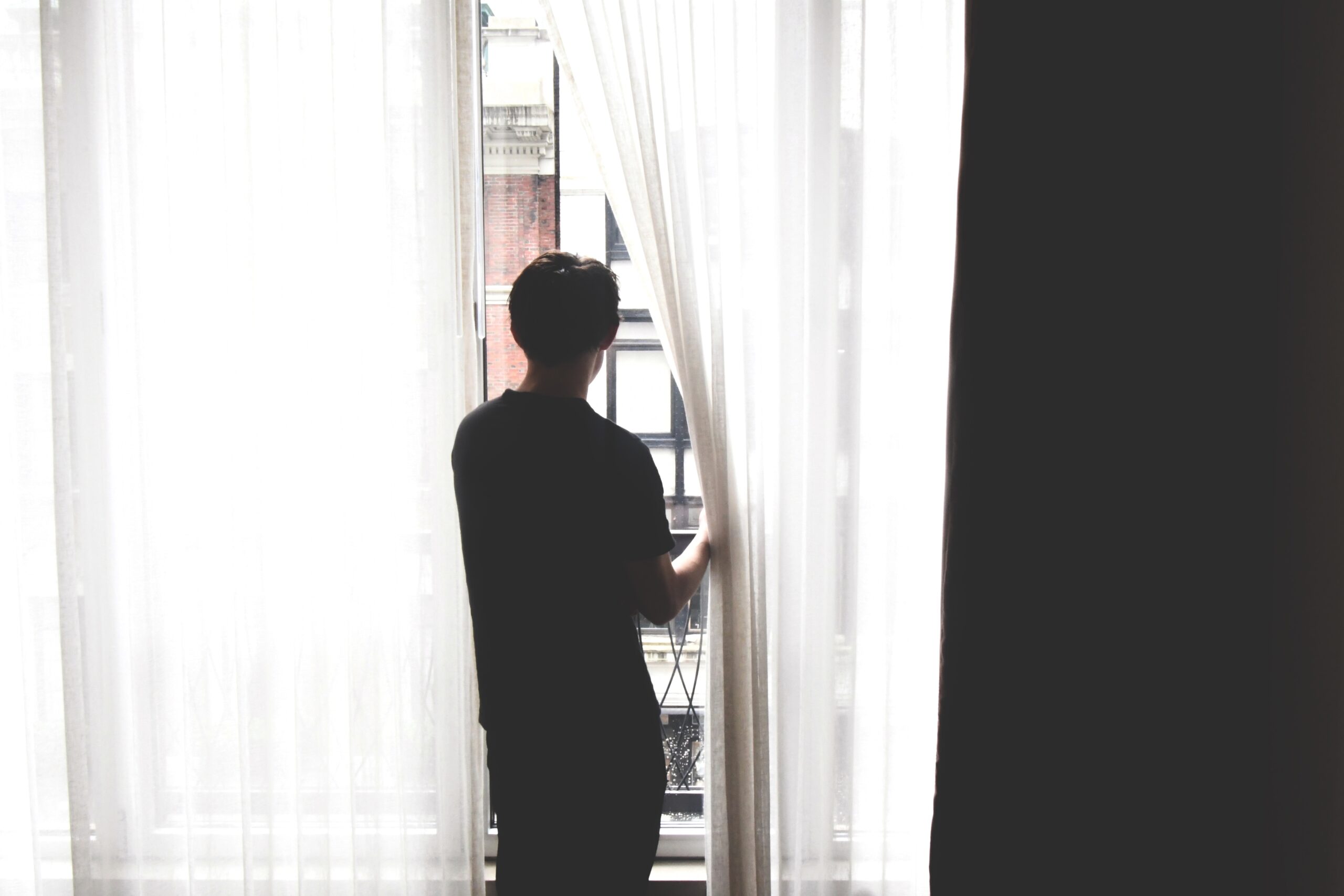At this time of Rosh Hashanah and Yom Kippur, we as Jews ask God for forgiveness of our sins, and to remember us and our loved ones in the book of life. When coming to Temple during the High Holidays wear something of a loved one who has passed. A pin, a tallis, a necklace, or bring a small picture in our pocket. In doing so, it will make their light shine again. During this holiday, we remember our past and look to the future. Looking to the past by remembering our loved ones, and looking to the future by showing them what has gone on in our lives since they have past. By bringing something to the Temple on the High Holidays we can do both; remember our family and friends who have passed and keep them alive not only by coming to temple for yizkor, but for services too.
My wife wears her mother’s necklace, and I wear my dad’s pin. In this way they are never far from us and their light does shine again.
Originally published on Men of Reform Judaism













